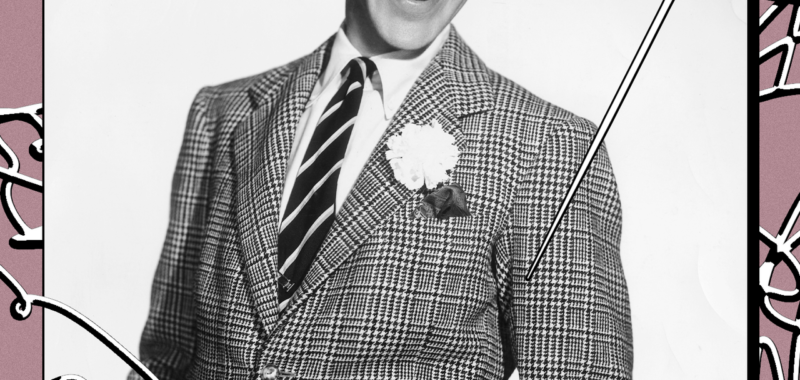The process of choosing, wearing, and caring for a suit is often fraught with tough decisions, confusing jargon, and conflicting opinions. That’s why we’ve assembled an all-star roster of menswear experts to definitively answer all your sartorial queries. Welcome to GQ’s Ask a Tailor.
If looking good in a suit is a science, then Alan Flusser is one of the field’s pre-eminent PhDs. Flusser is known for outfitting generations of men at his eponymous NYC haberdashery and designing the power suits Michael Douglas wore in Wall Street, but his most lasting legacy might be his genre-defining menswear book, Dressing the Man.
Published in 2002, Dressing the Man is a richly illustrated 300-page tome covering every aspect of classic men’s clothing from suits to socks. Unlike other how-to guides, however, Dressing the Man is less concerned with telling you what clothes to wear than teaching you how to assemble a wardrobe that works with your face shape, body type, and skin tone. From what shade of blue best suits your complexion to which tie knot complements your jawline, Flusser lays out a formula for looking good in your clothes based on his decades of experience dressing men.
“Learning how to dress is not as complicated an enterprise as most people think,” explains Flusser. “It’s not so difficult to teach somebody how to wear a dark suit, a white shirt, a dark tie, and dark socks and shoes. What’s difficult is for individual people to get that kind of input relative to themselves.”
Flusser lays out his thesis in chapters like “Proportion: The Foundation of Style.” (Example tip: “Since the breadth of the jacket’s shoulder guides its lapel width, a broad-shouldered man will naturally require a fuller lapel for proper balance.”) Looking good in tailored clothing, Flusser posits, comes down to a sort of divine mathematics of the myriad relationships between your clothes and your body. “It’s the relationship between the shirt collar and the person’s face, the width of the shoulders in relation to the person’s head, the length of the jacket and the relationship to their legs, and a whole series of other relationships that are unique to that person,” he explains.
Dressing the Man isn’t a particularly easy read, but Flusser compensates for his academic writing style with a bevy of well-captioned illustrations that offer almost as much utility as his dense blocks of text. “I tried to capture all of the questions that I’ve either been asked, or I think should be asked about how to dress and find pictures that helped convey each of those points,” he says. “I also spent a lot of time on captions, because 90% of the people who buy the book—maybe they read it, maybe they don’t—but they’ll look at the pictures and the captions.”
While Dressing the Man’s subtitle is Mastering the Art of Permanent Fashion, it’s still very much a product of the 20th century (its idea of “modern” menswear ends with Ralph Lauren and Giorgio Armani, and its cast of style icons could use a lot more diversity.) Despite its fustiness, however, Dressing the Man’s continued relevance lies in its assertion that—with a few tweaks—the same things that made a suit look good in 1924 still apply in 2024.


.jpg)
